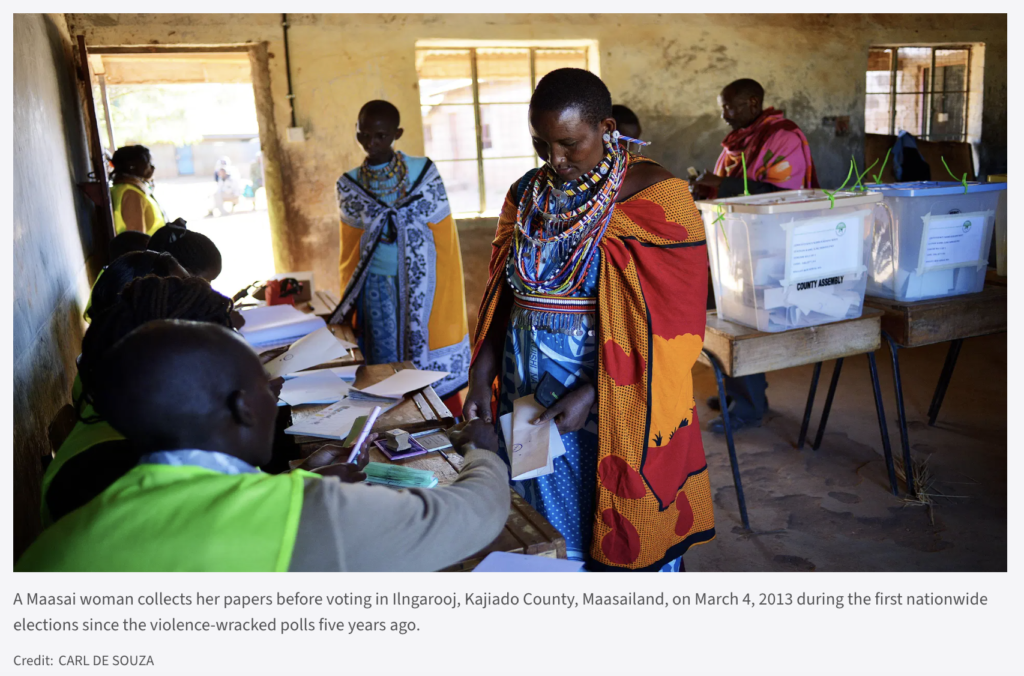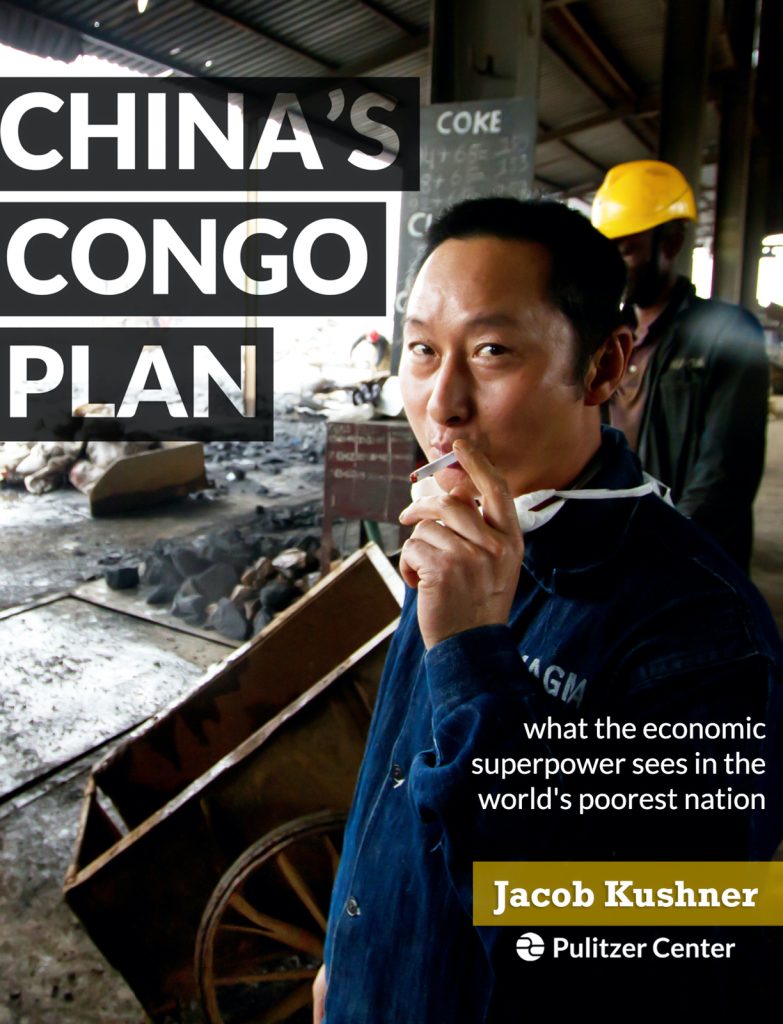By TOM ODULA and JACOB KUSHNER
NAIROBI, Kenya (AP) — After almost a week, there is no precise death toll, no word on the fate of dozens still missing and no details on the al-Qaida-linked terrorists who attacked Nairobi’s most upscale mall.
As al-Shabab militants struck two Kenyan border towns and threatened more violence, relatives of the mall victims wept outside the city morgue Thursday, frustrated by the lack of information and a holdup in the release of bodies of the victims.
Roy Sam, whose brother, 33-year-old Thomas Ogala, was killed, said he had been going to the morgue since Monday, but workers there had not prepared his brother’s body, which was mangled by a close-range gunshot wound to the head – an apparent execution.
“They said they were going to prepare the body to make it look nice, but we came back the next day and the next, and it wasn’t any different,” Sam said.
The morgue superintendent, Sammy Nyongesa Jacob, said workers were told not to touch the bodies until post-mortuary studies had been completed.
Kenya’s chief pathologist, Johansen Oduor, said his team was removing bullets and shrapnel from victims to find out exactly how they were killed, then handing them over to police as evidence.
“A lot of them died from bullet wounds – the body, the head, all over,” he said. “Some also died from grenades, shrapnel.”
He refused to reveal how many bodies were in the morgue but said he was told to expect more – though he would not say how many.
It was the largest terrorist attack in Kenya since the 1998 bombing of the U.S. Embassy, and FBI agents were dispatched to do fingerprint, DNA and ballistic analysis on the bodies.







